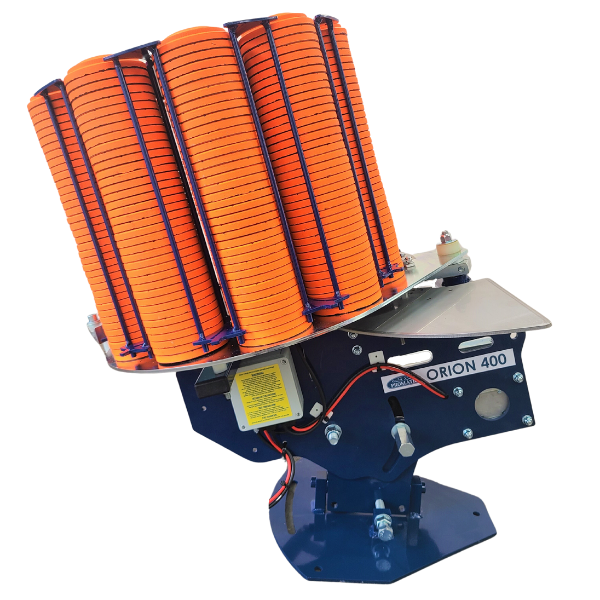Sporting Traps
Selecting the right sporting clay pigeon trap is crucial for an enjoyable and challenging shooting experience. The following guide has been developed to help shooters understand the essentials of sporting clay shooting, explore the different types of traps available, and identify the key features to consider when choosing the perfect trap.
Sporting clay shooting is a dynamic and challenging discipline. It was originally created to imitate real-life hunting scenarios such as crossing birds, looping targets, near vertical trajectories and ground game (i.e. rabbits). In today’s discipline, shooters move through various stations, each presenting different clay target types (standard, midi, 70mm, mini, battue & rabbit), trajectories and speeds. This sport tests a shooter’s versatility and precision, making it a favourite among both recreational and competitive shooters seeking an ‘all angle, all targets’ experience.
There are various types of sporting traps designed to replicate different bird trajectories and ground game. These include standard traps for consistent crossing, incoming or going away targets, midi and mini traps for smaller targets, speciality traps like rabbit traps that roll targets across the ground or near vertical teal or loopers. Each type adds unique challenges to the shooting course.
When selecting a sporting trap, it's essential to consider the shooting environment, target variety, and level of shooter expertise. A well-rounded setup should include a mix of traps to offer diverse target presentations. Durability, ease of use, and maintenance requirements are also critical factors to ensure consistent performance.
A high-quality sporting trap is characterised by its reliability, versatility, performance and precision. It should deliver smooth, consistent throws with adjustable angles and speeds. Robust construction, corrosion resistance, and low maintenance are key features, ensuring longevity and dependable operation even under heavy use.
















